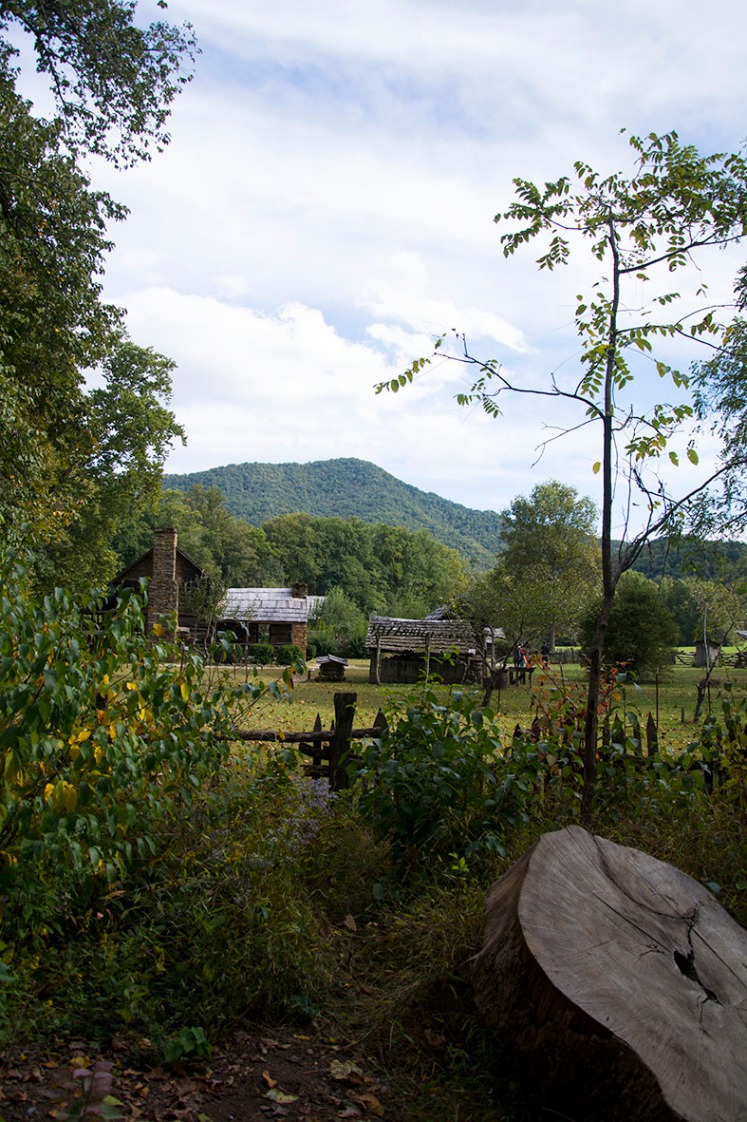It’s the eyes that do it first for me. Then I see the pearls.
She’s not smiling, but I hope she laughed, a lot. I wonder what she found funny, what humor lurked on the long trek from Wisconsin to the homestead in Washington State. How did she make a home there, amidst the loss of two babies and birth of a robust third?
Sepia photographs portray a lot, but they also hide much. Color, prayers, sorrows – none of those really come through. But imagine what a miracle photography wrought! For a sum, the common man or woman could walk away with a likeness of themselves, a gift of memory to those in the future, they who sit in the light, staring at those long-dead faces, yearning to ask, “Who are you?”
In my case, I would ask, “What did you cook? Or better still, what food made your heart sing?”
In memory of my great-grandmother, Mary A. Boalster Purdy, and of my many, many other grandmothers.

© 2016 C. Bertelsen
Yes, Beth, that is so true. Thanks.
When you show their likeness and wonder about them you keep them alive, fresh, and close to your heart.
Hello Kitty, how are you? I am really finding some interesting information about my family/families (there are so many as I go back farther and farther! Yes, I can sense the presence of your grandmothers in your books!
Thank you so much, Merril, for sharing this on Twitter and elsewhere. I will have to look up that play; never heard of it.
Hello Denny, now that you mention it, I remember that about smiling and photographs, but I wish she had smiled anyway. Another reason, though, for the non-smiling style might be that people had bad teeth. Smiling has so many different cultural connotations, doesn’t it? My great-grandmother, the lady in the photo, lost two of her children before they were two, and her third one – my grandfather – survived. But she didn’t. She died of breast cancer when my grandfather was 9; my great-grandfather took her back to Wisconsin to be with her family at the end. She died in 1898. I suspect she lived a hard life out there in Washington, under the shadow of the Cascades, on the eastern side. When I saw that film about John Adams and his daughter Nabby, I thought of my great-grandmother and how she must have suffered. I am hoping to eventually find more information about her. No one else in my family has paid any attention to family history. Thanks for commenting and reminding me of the smiling.
Historically people did not smile in photographs. It was a serious moment for them and they reflected that. Today people do “selfies” and try to look like movie stars, and clowns, On a trip like this lady made, (not that many years before), she might get up one morning and by sundown her husband had drown in a river crossing, and one or more of her children might have been buried under rocks along the trail and they just moved on. Children historically were treated like, “little adults” and having a “carefree childhood” like today was unheard of.
Her eyes also caught my attention. It’s a wonderful photograph. Part of the plot twist of the play The Octoroon (1859) involved an image captured on a photographic plate, which would have been something novel for audiences of the time. (We recently saw An Octoroon a play about the play The Octoroon.)
I would ask about food and cooking, too. :)
And that’s why you need to record family recipes! The memory of my grandmothers and great-grandmother live on in my cookbooks, as a way to honor them. Thank you, Cynthia.